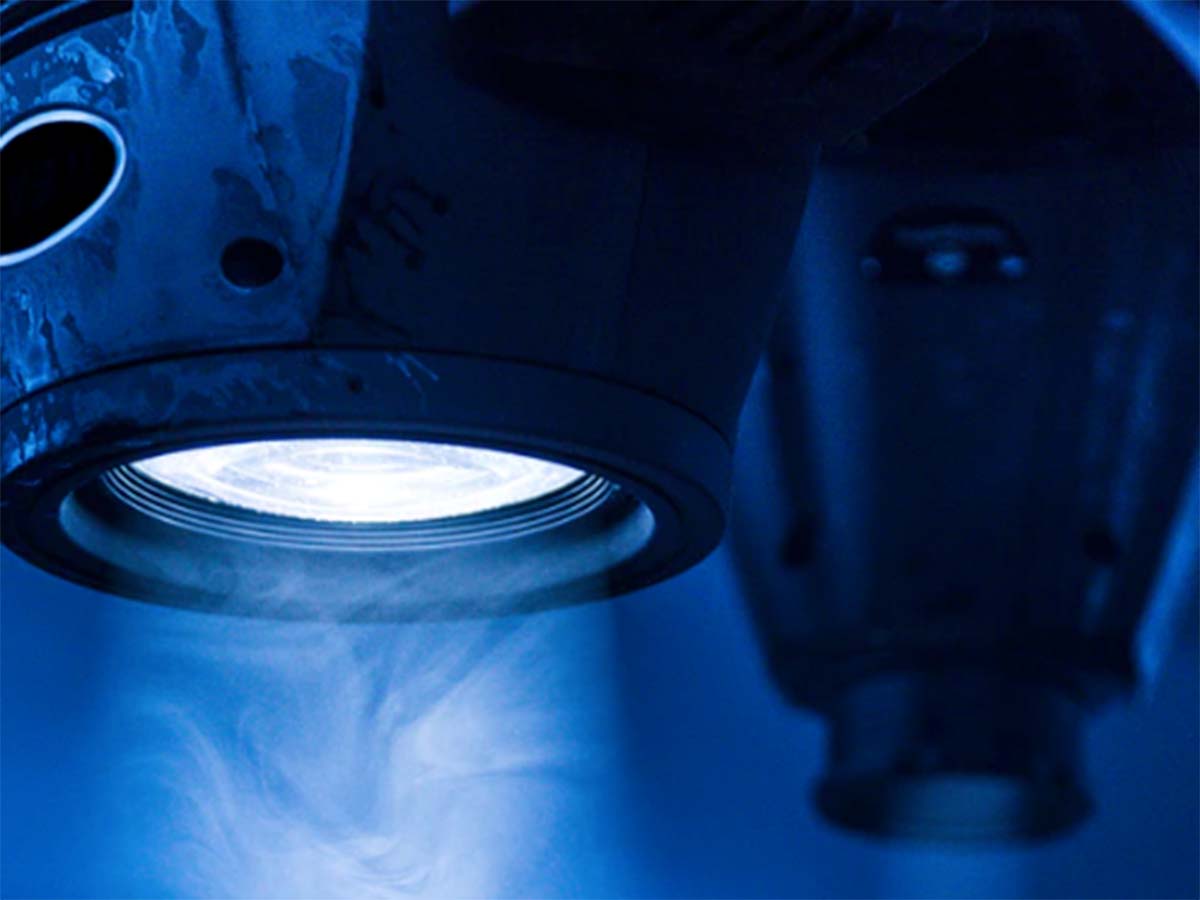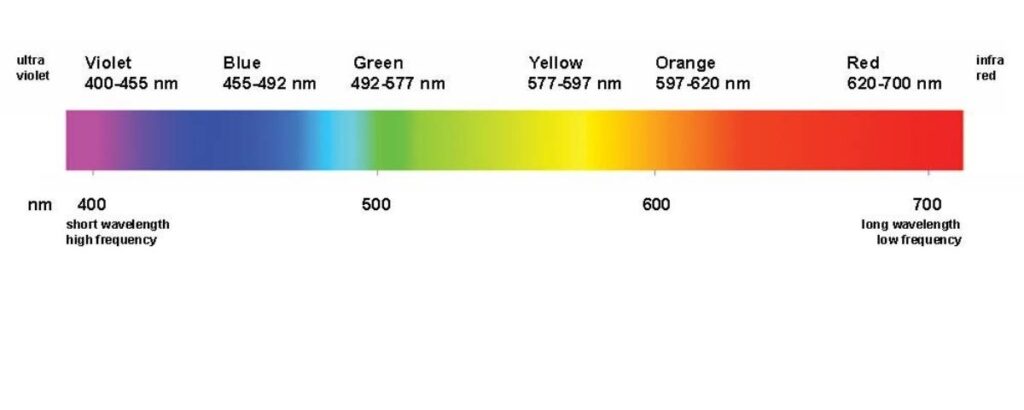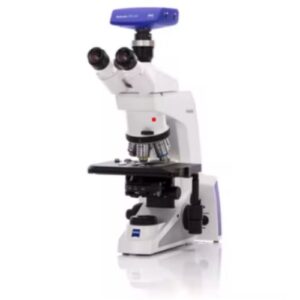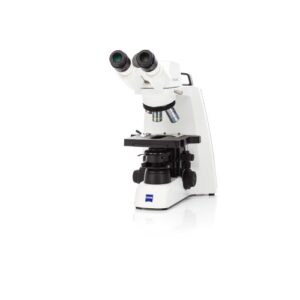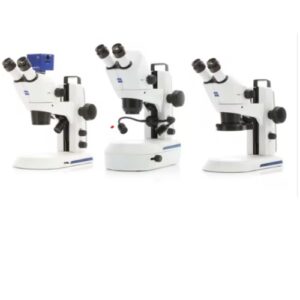Have you ever wondered about mercury halide vs LED light sources? If you’re staring down a microscope everyday for work, there’s no doubt questions about light sources have come up. We’ll review some of the key differences and recommendations of these two light sources.
Mercury Halide Light Sources
Mercury halide bulbs produce light by passing an electrical current through a combination of mercury and metal halide gas. This is similar in functionality to other gas-discharge lamps, only these have a slightly different composition of gas.
The advantage of mercury halide light sources is that they produce a lot of light and are very bright. They’s also about 2 or 3 times as efficient as their incandescent counterparts. There are some microscope applications where mercury lamps are required. You may see these are sometimes denoted as HBO. H is short for the element Mercury, B is the symbol for luminance, and O is the symbol for unforced cooling. Their main use is in florescence microscopy. These high-powered white light sources can generate many intense bands for fluorescence excitation across the UV-visible light spectrum. In fact, some traditional dyes have absorption peaks specifically for the mercury spectral peaks.
But there are some drawbacks when comparing mercury halide vs LED lamps. Mercury lamps produce light from a concentrated arc, which means that there can be a non-uniform illumination across your field of view. Alignment is a frequent hassle with these types of light sources.
LED Light Sources
LED stands for Light Emitting Diode, and they produce light by passing the electric current through a semiconducting material (the diode).
LEDs produce very little heat, which makes them energy-efficient but also a good choice for temperature sensitive specimens. Furthermore, there is very little color temperature, which means you can view your specimens as close to true color as possible.
Lastly, LED technology is very advanced, which means that they last much longer and are of higher quality. You can get 20,000 to 50,000 hours usage from an LED light source and never change or align a bulb. And that’s only the half-life!
Despite their many advantages, LEDs can be expensive to replace. The light source itself can be costly up front. However, when you compare that cost to all the money saved on $500 bulbs over 20,000 plus hours of usage, you realize the actual savings rather quickly. Not to mention the lack of scope down-time due to not having a spare bulb on hand.
Nuhsbaum Service and Support has several options to upgrade your mercury or mercury-halide microscope to LED. We carry all the brands. Just give us a call and we can help you figure out which one is right for you.

